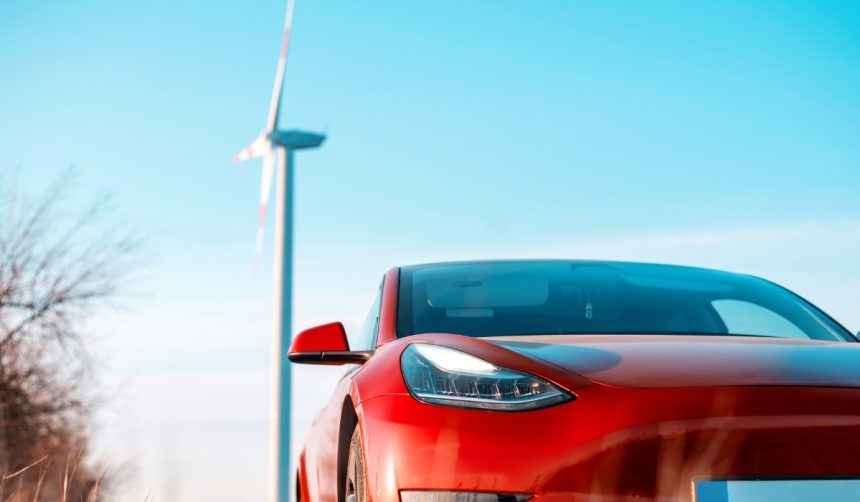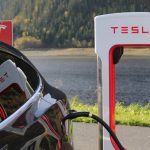Tesla’s release of the Model Y L, a new six-seat SUV variant, has generated a visible surge of interest in its Chinese showrooms. Shoppers have flocked to Tesla stores in cities like Shanghai and Shenyang, eager to view the extended wheelbase electric crossover. This addition to the Model Y family responds to evolving consumer demands in China, reflecting a tendency towards larger family vehicles. The company aims to re-engage potential customers and families who might prefer configurations previously limited to pricier models.
Reports earlier this year indicated that Tesla’s sales in China for the Model Y had weakened, with several analysts speculating that the market was reaching a state of saturation for mid-size electric SUVs. When rumors of an extended-wheelbase version began circulating, expectations were mixed about whether it would noticeably lift demand. Now, as the Model Y L is officially showcased and customers can experience the space and new configuration, the initial reception appears much stronger than projected in comparison to prior speculation about potential market fatigue. The model is being examined as both a response to declining sales and an attempt to diversify Tesla’s offerings against intensifying local competition.
What sets the Model Y L apart?
The Model Y L distinguishes itself with a six-seat arrangement and an elongated wheelbase, positioning it alongside the existing rear-wheel drive and all-wheel drive Model Y options but targeting buyers who require more space. The vehicle’s technical features include dual-motor all-wheel drive, an 82.0-kWh battery source by LG Energy Solution, and a 0 to 100 km/h acceleration benchmark in 4.5 seconds. Its CLTC-rated range of 751 km outpaces other Model Y variants, attracting attention from consumers seeking both size and driving efficiency. According to Tesla,
“Model Y L expands customer choice with a combination of space, range, and performance.”
Is the launch timing strategic for China’s evolving SUV market?
Tesla’s introduction of this model coincides with a recent 17.15 percent year-on-year drop in Model Y sales in China, partly attributed to plant retooling. Despite this dip, the Model Y still ranks among the nation’s top-selling electric SUVs. The new variant appears designed to entice buyers who may have previously opted for more expensive alternatives, such as the Model X, by offering increased seating and flexibility without crossing into the luxury price bracket. Tesla commented on the current rollout:
“We’re committed to meeting the evolving needs of Chinese families with innovative products.”
How has consumer response shaped initial sales figures?
Early indicators suggest substantial public interest, as reflected by photos and videos of crowded showrooms and reports of approximately 35,000 orders placed on the first day. Social media and independent observers describe the atmosphere in Tesla stores as energetic, highlighting curiosity about the six-seat layout and extended range. Deliveries are expected to begin in September, with a starting price of RMB 339,000 ($47,180), bringing a new level of accessibility for larger electric SUVs within Tesla’s portfolio.
By launching an extended-wheelbase, six-seat variant at a more moderate price than the Model X, Tesla acknowledges both the competitive pressures and the range of preferences in China’s automotive market. The company’s decision to widen the Model Y lineup comes as domestic and international carmakers compete for share in the rapidly-shifting electric vehicle sector. Product diversification like the Model Y L may incentivize households looking for alternatives beyond traditional five-seat EVs, though sustained demand will depend on continued consumer interest in larger electric crossovers. Monitoring how this new model influences Tesla’s sales trajectory in the region will provide useful insights for both market analysts and competitors. For buyers, the Model Y L may offer a balance of practicality, range, and cost in a growing electric vehicle landscape.










